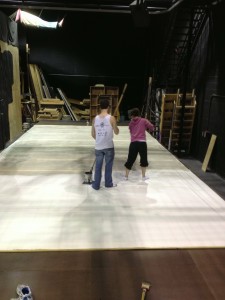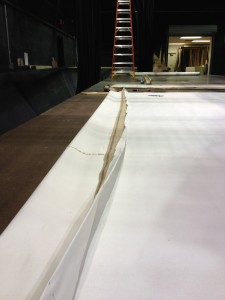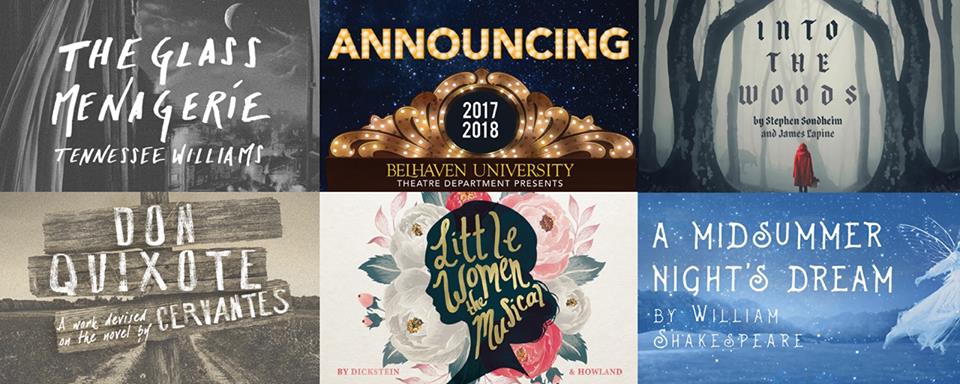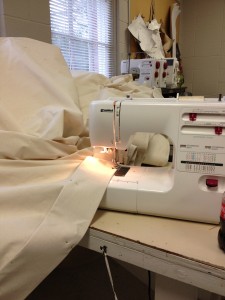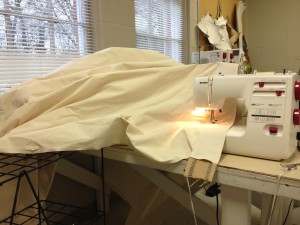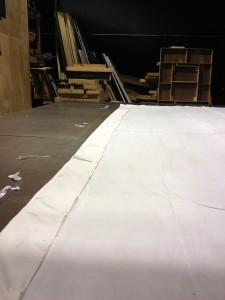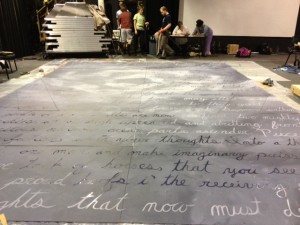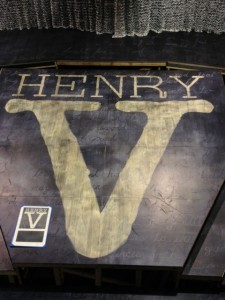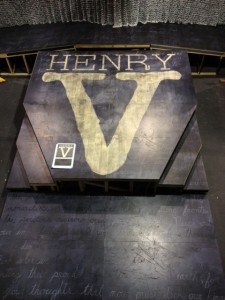I have often found that many people don’t understand how scenic painting works. The fact that we can make a bare stage look like anything we want with the right brushes, rollers, or other tools seems like a foreign concept to some. I think part of this is a lack of understanding of what a scenic artist does. We don’t just make it up as we go along.
There are specific tools that we can use, and certain types of paint that work better than others. But knowing all the different tools and paints that are available to use is half the battle. Knowing the differences between paint and glaze, or a regular brush and a chip brush. To most a paint brush is a paint brush, and a sponge is just something you use in the kitchen sink. However, a sponge to a scenic artist, is also something that you can use to make stone come alive with dimension, to add depth to something that looks flat, or to age a piece of furniture. The list of things a scenic artist can do with any given tool is long; and depending on what job needs to be done will determine what tools will be use. Sometimes those tools will vary depending on what paint is being use. So again, one of the most important things to remember, is to have a good basic understanding of what is used when it comes to scenic painting.
The Educational Theatre Association has put together a great list of what is required for Painting The Scene. The article goes in depth into the different tools and paint that are used, as well as multiple different techniques that can be done with the brushes that you have at your disposal. It is an great resource and you should save it for future reference.
So the next time you pick up a paint brush remember that it can be used for something other than just slapping paint onto something.

